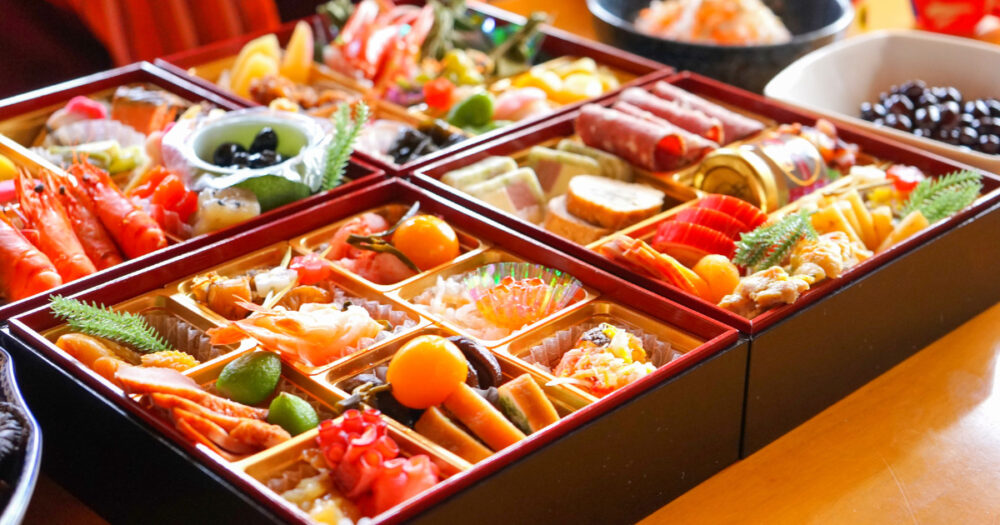The turn of the year in Japan is not just a time of joy and celebration but also an opportunity to indulge in one of the country’s most exquisite culinary traditions: Osechi-ryori. This unique assortment of dishes is more than just a feast for the palate; it’s a deep dive into the cultural and historical richness of Japan.
What is Osechi-Ryori?
Osechi-ryori consists of various traditional Japanese dishes, each symbolizing good fortune, health, and happiness for the upcoming year. These dishes are carefully prepared before New Year’s Day and are enjoyed during the first few days of January. Osechi is usually served in special lacquered boxes called “jubako,” which are layered to represent the layers of joy and good luck for the new year.

The Significance of Each Dish
Osechi-ryori is a collection of dishes, each symbolizing different wishes for the coming year. Here’s a glimpse into the meanings behind some of the key dishes:
Datemaki (Sweetened Egg Rolls): The scroll-like shape symbolizes the acquisition of knowledge and culture.
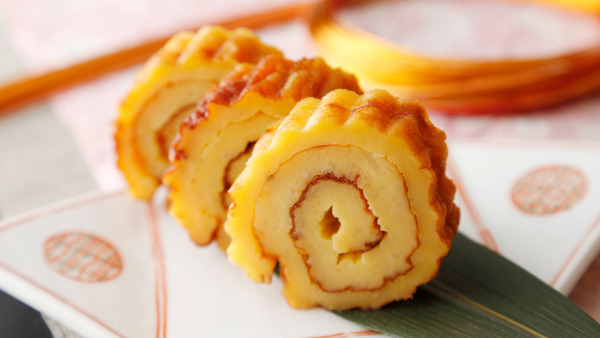
Ebi (Shrimp): Represents longevity, symbolizing a long life where one ages to the point of having a bent back, like a shrimp.

Gobo (Burdock Root): Symbolizes good luck and stability, reflecting its deep and firm roots.
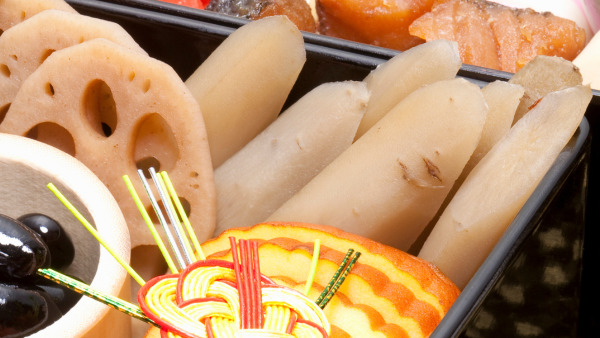
Kazunoko (Herring Roe): Eaten for a wish of a prosperous family, reflecting the herring’s many tightly clustered eggs.
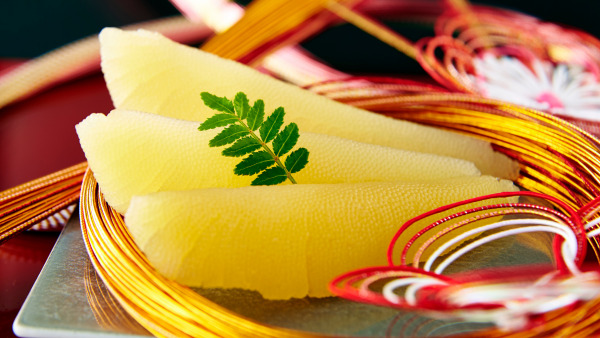
Kobu-maki (Seaweed Rolls): A play on words with ‘yorokobu’, meaning to rejoice, symbolizing joy.
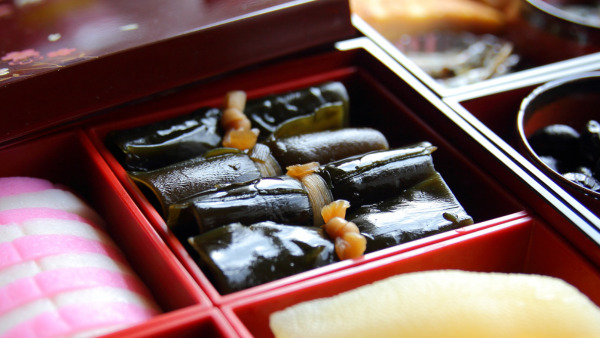
Kouhaku–Kamaboko (Red and White Fishcakes): Symbolize happiness, purity, and protection against evil spirits, with their sunrise-like semicircle shape representing entry into the new year.

Kuri-kinton (Candied Chestnuts and Sweet Potatoes): Signifies economic fortune, as the color resembles gold.
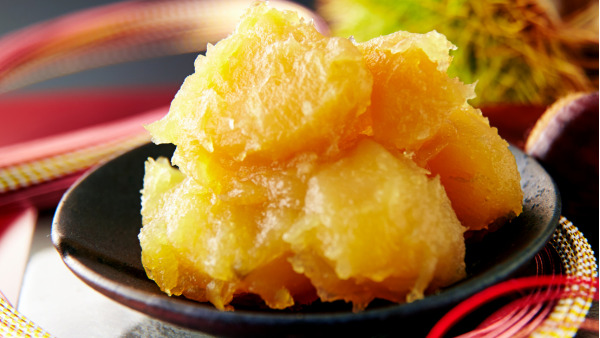
Kuromame (Black Soy Beans): Represents health and diligence. The dark color signifies a healthy suntan, wishing for a productive year.

Renkon (Lotus Root): Symbolizes good fortune and a bright future, reflected in its many holes.
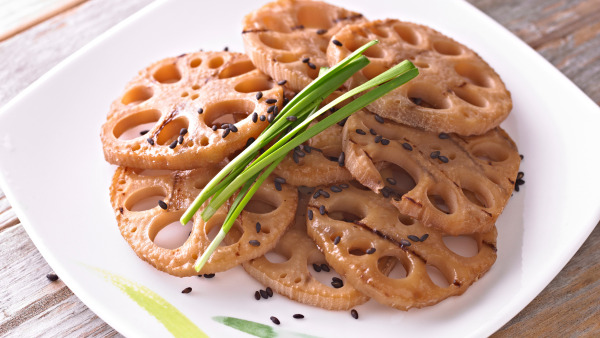
Tai (Red Snapper): A pun on ‘omedetai’, meaning festive, signifying a celebratory atmosphere.
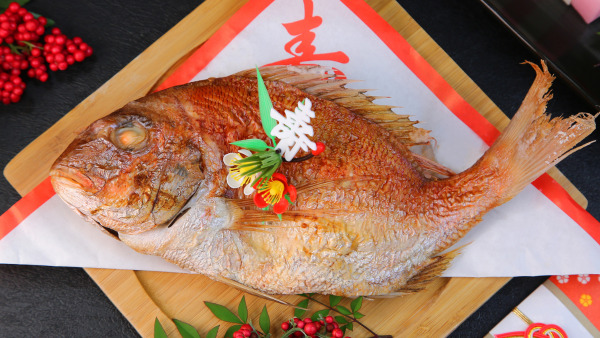
Tatsukuri or Gomame (Dried Small Sardines): Symbolize a wish for a good harvest, with the name ‘tatsukuri’ literally meaning rice farming.

These dishes, rich in symbolism, not only offer a feast for the taste buds but also reflect the deep cultural heritage and the hopes and aspirations for the new year in Japan.
Enjoying Osechi-Ryori
Osechi-ryori is more than just eating; it’s an experience. Families often gather together wearing traditional clothing, the kimono, to share these delicacies, reflecting on the past year and ushering in the new one with hope and joy.
Why Osechi-Ryori Matters
Osechi-ryori is a vibrant representation of Japan’s culinary artistry and a testament to the country’s deep respect for tradition and symbolism. For anyone interested in Japanese culture, tasting Osechi-ryori is a must. It’s a journey through flavors that tell stories of prosperity, longevity, and joy – a delightful way to start any new year.
So, as you prepare to explore this magnificent aspect of Japanese culture, remember that each bite is a taste of history, a shared moment of joy, and a wish for the year ahead. Happy New Year, or as they say in Japan, Akemashite Omedetou Gozaimasu!

